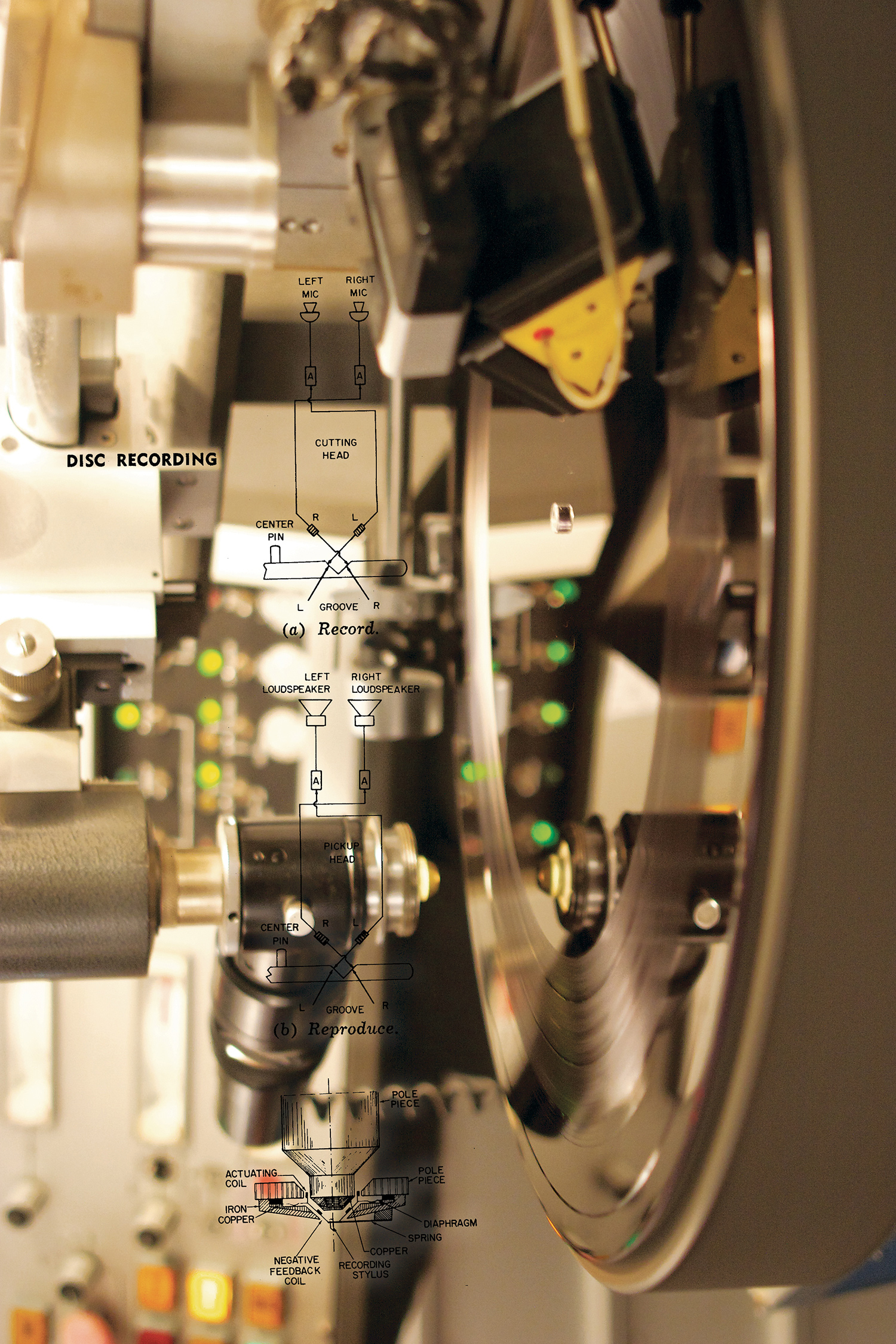In the previous issue, I discussed how I had successfully employed a $25 car-audio EQ as a sidechain EQ for stereo bus compression. It was a cheap and highly effective solution, but it had its downsides, so I went back onto Amazon and started searching for tone-control circuits to assemble my own EQs. I found dozens — some based on analog-processing ICs and others with standard components. I purchased six different circuits that looked promising and put each one on my test rig. One of them, a $17 board sold under the pseudo-descriptive title NE5532 Preamp Volume Control Board 10 Times Pre-amp A51, met every one of my requirements: an easy modification allows it to handle +4 dBu input levels; its output can drive +4 dBu levels with plenty of headroom; it doesn’t invert its output relative to its input; its controls are easy to use and easy to recall; and its EQ curves work effectively in a sidechain for bus compression. Moreover, the low-distortion, low-noise circuit actually sounds good enough to use as a primary EQ! I haven’t traced the circuit to determine its topology, but it sure sounds like (and reacts like) the Baxandall tone controls on a home hi-fi receiver. It has bass and treble pots with ±15 dB boost/cut, and a midrange pot with +9 dB boost and −10 dB cut. The curves are wide and gently sloped, in frequency and in phase response, as you’d expect from a “Bax” EQ. The whole tone stack is “centered” around 600 Hz, which is about an octave below most hi-fi tone-control sets. This lower-frequency center-point actually works great for sidechaining. For example, I’m able to “tilt” how a bus compressor reacts to kick drum and bass guitar, versus guitars and vocals, versus cymbals and sibilance.
Moreover, these EQ curves are actually useful for compression of individual instruments and vocals too. Plus, if I wanted to, I could easily swap out capacitors and resistors to change the frequency points, because all of the components on the board are through-hole. Interested? The board is available assembled or as a kit from many different online vendors. I bought mine from SainSmart on Amazon Prime for $17 goo.gl/51GMyD. I replaced the two 100 kΩ feedback resistors on the NE5532 input op-amp for 20 kΩ ones, which gives me 2× gain instead of 10× (6 dB instead of 20 dB), so the circuit can better handle +4 dBu input levels. A center-tapped 12-0-12 VAC transformer is required for power. I found one on Amazon for $15 goo.gl/YzhNRk and mounted it inside a generic junction box made of steel. Three of the boards fit perfectly behind a Gator Cases GRW-PNLVNT1 vented rack panel, which is $11 from Sweetwater goo.gl/WYhgQ1. The board’s 6 mm potentiometer shafts fit right through the panel’s vent slots; all you have to do is tighten down the shaft nuts, and you’re good to go — no machining, drilling holes, or additional hardware required. Optionally, if you want a “bottom” to your DIY rack chassis, add a Middle Atlantic UTR1 vented rack shelf for $32, also from Sweetwater goo.gl/F7KE7L. (The bottom flange of the rack panel just barely hits the front edge of the rack shelf, so place a set of rack-screw washers between the panel and shelf, or bend the flange out of the way.) Use a DPDT toggle switch (which you can also easily mount into a vent slot) to bypass the circuit, or two switches to bypass one channel at a time. If you want to get fancy, add another toggle with a 0.1 μF metalized polypropylene capacitor on each input channel for a switchable high-pass filter. (You can get extra fancy with a multi- position switch and two or more capacitor values for different frequencies.) And don’t forget to buy knobs and cabling.

